
Extrusion Blow Mold Part
Extrusion Blow Mold Part
Leshan Machinery Company is a professional enterprise that produces blow molding machines. Our factory is located in Foshan City, close to both Guangzhou and Shenzhen. We have an experienced team in technology research and development, manufacturing, sales, installation, and after-sales service. Our products mainly include Chemical barrel blow molding machine,multi-layer coextrusion blow molding machine,Engine oil bottle blow molding machine,PET Machine,Milk bottle blow molding machine,Cleaning bottle blow molding machine,Auxiliary machine,athlon series hydraulic machine,Food bottle blow molding machine, etc.
Our company brought in the Germanic technical 3D scanner which is exclusive used for mold-designing . The advanced Leshan Blow Molding Machine working with the superior Leshan Mould makes the production speed faster and the production quality the topest.We use International standards and the ISO9001:2012 quality management system in producing.Our Hydraulic Blow Molding Machine is adopted by many listed companies, such as Kunlun,Bawang,Monarch,Liby,Yili,Cnice,Unilever,Walch,Sinopec, ect.
| Parameter | Information |
|---|---|
| Product Name | extrusion blow mold part |
| Brand Name | Leshan |
| Place of Origin | Foshan,Guangdong |
| Plastic Processed | PE,PA,HDPE,PP,ABS,Polystyrene...etc |
| Air Pressure(MPa) | 0.8 MPa |
| Color | Customized Color |
| Delivery Time | 45 days |
| Port | ShunDe/GuangZhou/ShenZhen China |
| Export region | Africa,Europe,Asia |
| Export Country | Russia, Australia, Poland,Guernsey,Cuba,Morocco...etc |
| Application | Bottle |
| OEM/ODM | Support |
| Core Components | PLC,Pump,Gearbox,Engine,Pressure vessel...etc |
| Voltage | 380V |
| Service | Online support... |
| MOQ | 1 set |
| Certification | ISO9001,CE... |
| Supply Ability | 500 Set/Sets per Month |
| Weight (T) | 5-18(According to specific model) |
| Packaging Details | Standard exporting machine packing with plastic film |
| Lead time (days) | 70 (To be negotiated) |
Please note: The above table data is for reference only. For specific information, please contact us.
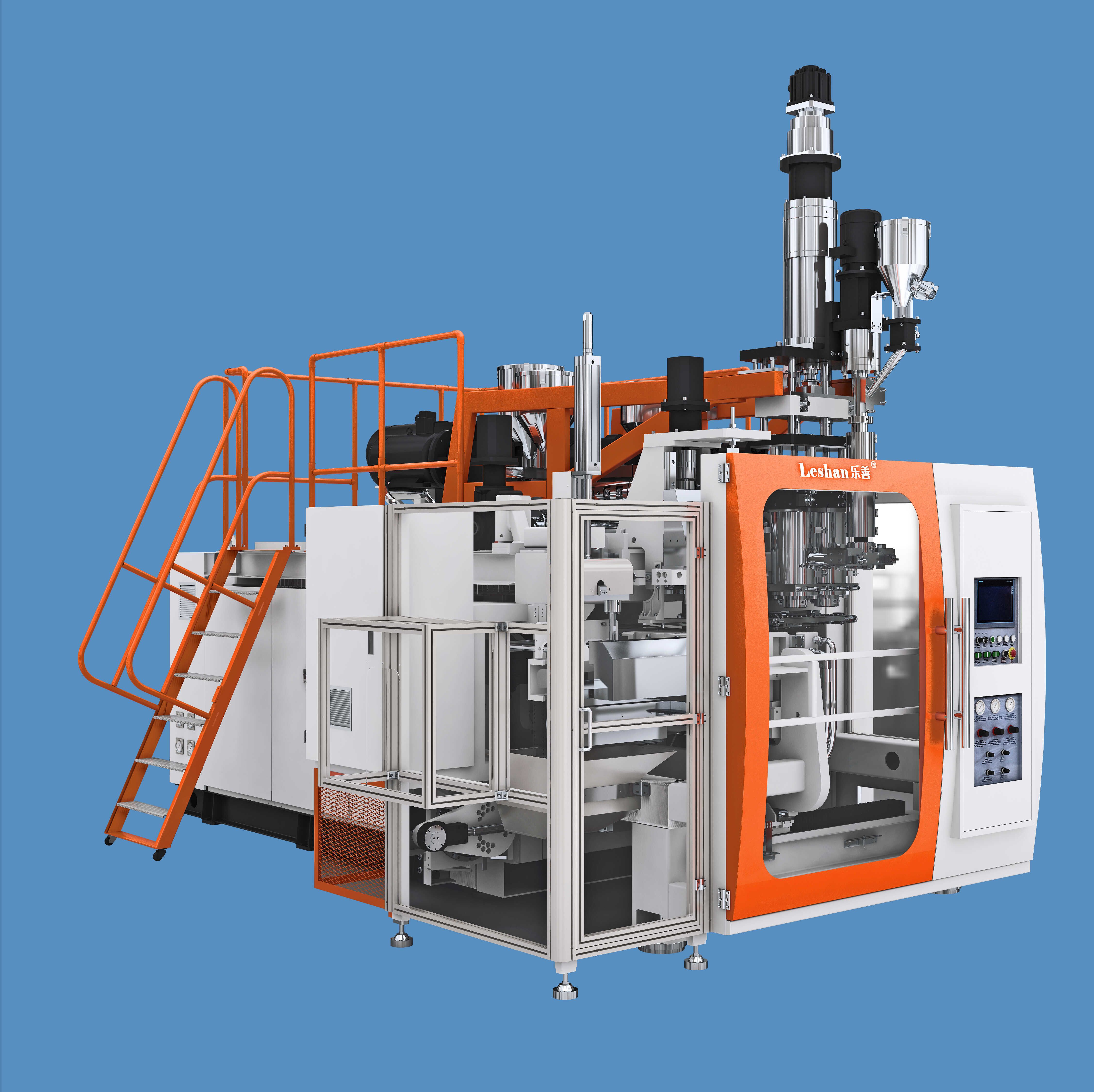
As a commonly used plastic processing machine, extrusion blow mold part has the characteristics of powerful functions and easy operation. It can complete the heating, plasticizing, blowing, cooling and other processes of plastic in one mold feeding and molding process, thereby making the product lightweight, durable, transparent and other advantages.
At the same time, the blow molding machine also has high production efficiency, can continuously produce large quantities of products, and is suitable for manufacturing plastic containers of various specifications and shapes.
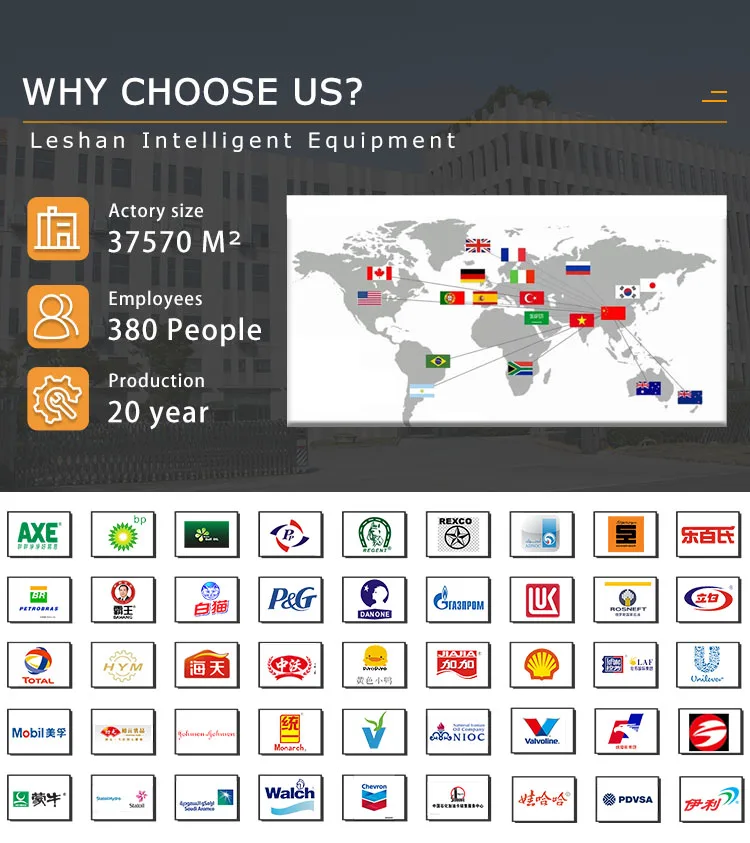
extrusion blow mold part---FAQs Guide
2.How to control temperature and pressure during the production process of extrusion blow mold part?
3.Can you supply the on-site installation,commissioning,training service for extrusion blow mold part?
4.Why does the blow molding machine make so much noise when it exhausts?
5.How does the extrusion blow molding process differ from injection blow molding, and what types of products are typically produced using each method?
6.What waste materials will be generated during the production process of extrusion blow mold part?
7.How to design and customize extrusion blow mold part?
8.What products are typically manufactured using extrusion blow mold part?
9.How to choose a suitable extrusion blow mold part supplier?
1.How to control the energy consumption of extrusion blow mold part?
We are a professional extrusion blow mold part company dedicated to providing high quality products and services.
1. Use energy-efficient machines: When purchasing blow molding machines, opt for models that are energy-efficient and have a high energy star rating. These machines are designed to consume less energy while still maintaining high production efficiency.
2. Regular maintenance: Regular maintenance of the machines is crucial in controlling energy consumption. This includes cleaning and lubricating the machines, checking for leaks, and replacing worn-out parts. A well-maintained machine will operate more efficiently and consume less energy.
3. Optimize production processes: Analyze the production processes and identify areas where energy consumption can be reduced. For example, reducing the amount of air pressure used in the blowing process can significantly reduce energy consumption.
4. Use energy-saving features: Many blow molding machines come with energy-saving features such as automatic shut-off, idle mode, and variable speed drives. These features can help reduce energy consumption when the machine is not in use or operating at a lower speed.
5. Monitor energy usage: Install energy meters to monitor the energy consumption of the machines. This will help identify areas where energy is being wasted and allow for adjustments to be made to reduce consumption.
6. Use energy-efficient materials: The type of material used in the blow molding process can also affect energy consumption. Opt for materials that require less energy to heat and mold, such as lightweight plastics.
7. Implement energy management systems: Consider implementing an energy management system that can track and analyze energy usage in real-time. This will help identify patterns and areas for improvement.
8. Train employees: Proper training of employees on the operation and maintenance of the machines can help reduce energy consumption. They should be aware of energy-saving practices and encouraged to follow them.
9. Turn off machines when not in use: Make it a practice to turn off the machines when they are not in use, such as during breaks or at the end of the day. This will help save energy and reduce unnecessary wear and tear on the machines.
10. Regularly review and update energy-saving strategies: Regularly review and update your energy-saving strategies to ensure they are still effective. As technology advances, new energy-saving techniques may become available, so it is essential to stay informed and make necessary changes.
2.How to control temperature and pressure during the production process of extrusion blow mold part?
We focus on our customers' needs and strive to meet their expectations, so we take this very seriously.
1. Use a temperature controller: A temperature controller is an essential tool for controlling the temperature during the production process of blow molding machines. It allows you to set and maintain the desired temperature for the different stages of the process.
2. Monitor the temperature regularly: It is important to monitor the temperature of the machine regularly to ensure that it is within the desired range. This can be done using a thermometer or a temperature sensor.
3. Adjust the temperature settings: Depending on the type of material being used and the stage of the production process, the temperature settings may need to be adjusted. For example, a higher temperature may be required for melting the plastic, while a lower temperature may be needed for cooling the molded product.
4. Use a cooling system: To control the temperature during the cooling stage, a cooling system can be used. This can be in the form of a water chiller or a cooling tower, which helps to maintain a consistent temperature for the molded product.
5. Use a pressure regulator: A pressure regulator is used to control the pressure inside the machine. This is important for ensuring that the plastic is evenly distributed and that the final product has the desired shape and thickness.
6. Monitor the pressure: Just like temperature, it is important to monitor the pressure inside the machine regularly. This can be done using a pressure gauge or a pressure sensor.
7. Adjust the pressure settings: Depending on the type of material and the desired product, the pressure settings may need to be adjusted. This can be done manually or through the use of an automated pressure control system.
8. Use safety valves: Safety valves are important for maintaining the pressure within safe limits. They help to prevent any accidents or damage to the machine.
9. Train operators: It is important to train operators on how to control the temperature and pressure during the production process. They should be familiar with the different settings and know how to make adjustments when necessary.
10. Regular maintenance: Regular maintenance of the machine is crucial for ensuring that the temperature and pressure control systems are functioning properly. This will help to prevent any unexpected issues during the production process.
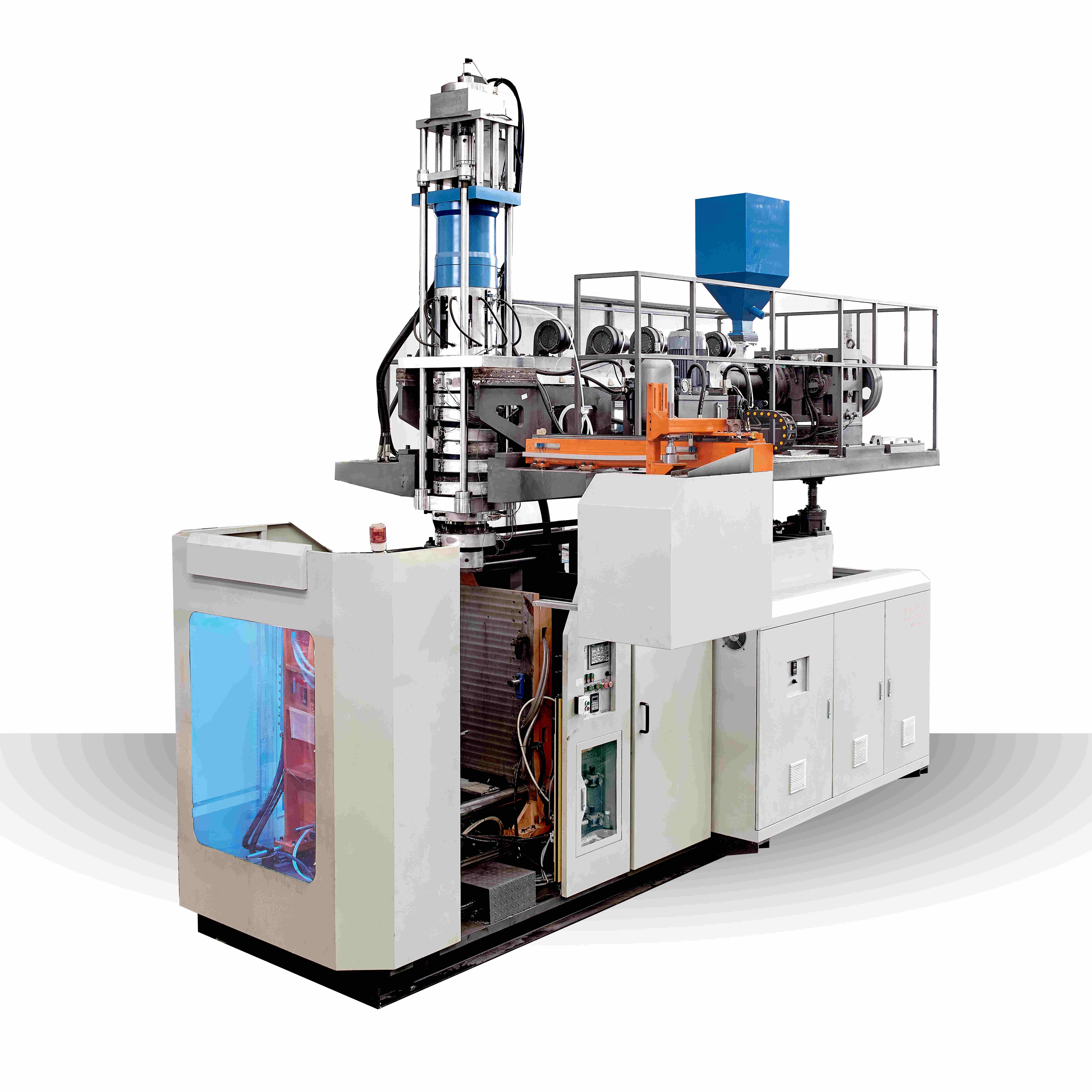
3.Can you supply the on-site installation,commissioning,training service for extrusion blow mold part?
Yes. We can. But this service cost will be extra cost based on which location.
4.Why does the blow molding machine make so much noise when it exhausts?
The exhaust valve is blocked or the exhaust valve and exhaust pipe are too small.
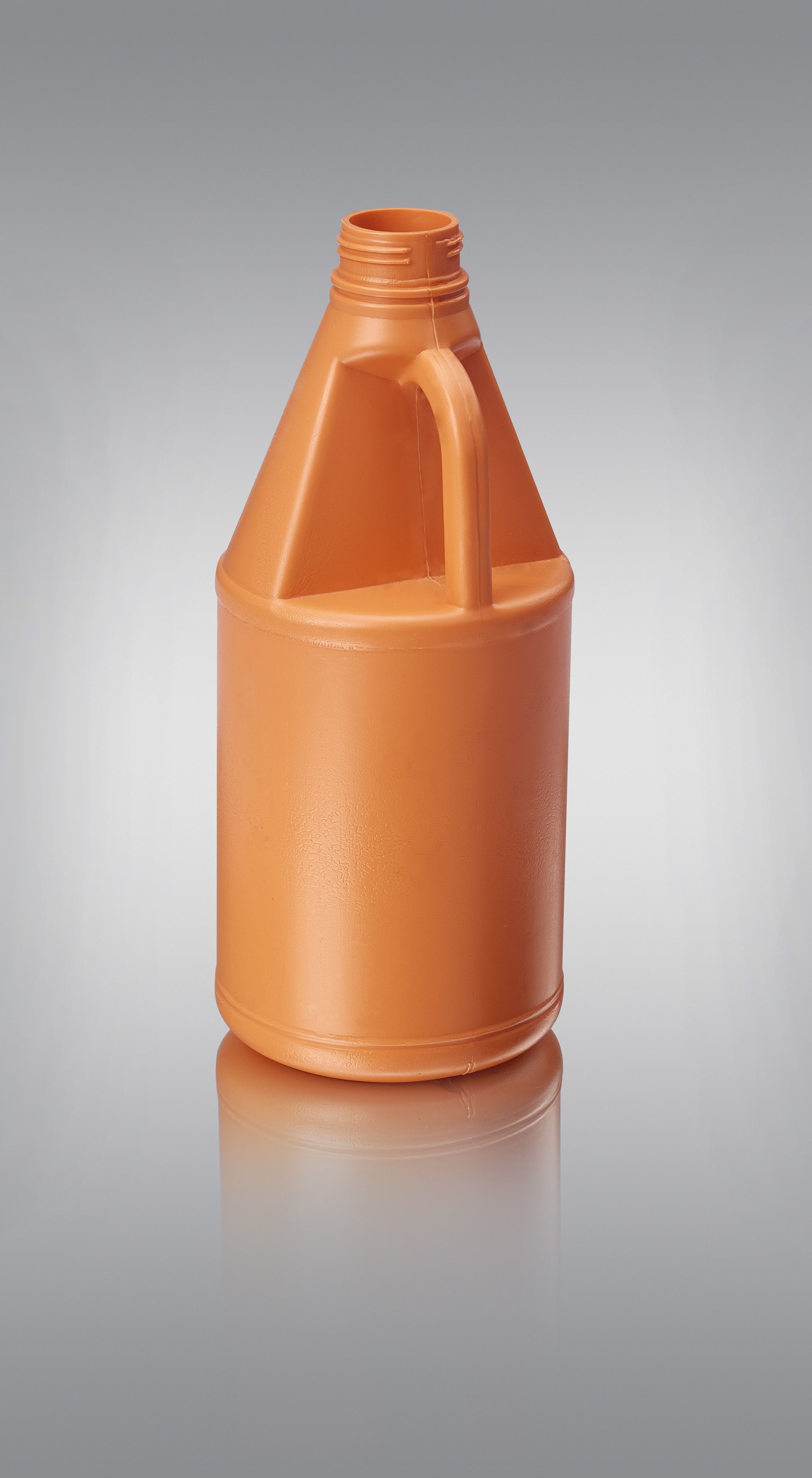
5.How does the extrusion blow molding process differ from injection blow molding, and what types of products are typically produced using each method?
We have been working hard to improve service quality and meet customer needs.
Extrusion blow molding and injection blow molding are two different processes used to manufacture plastic products. While both methods involve melting plastic and shaping it into a desired form, there are some key differences between the two.
Extrusion blow molding is a process in which a molten tube of plastic, called a parison, is extruded through a die and then inflated to form a hollow product. The parison is then cooled and the mold opens to release the finished product. This process is commonly used to produce bottles, containers, and other hollow objects.
On the other hand, injection blow molding involves injecting molten plastic into a mold cavity, where it is then cooled and solidified. The mold then opens to release the finished product. This process is commonly used to produce small, complex, and precise products such as medical devices, pharmaceutical packaging, and small bottles.
One of the main differences between the two processes is the way the plastic is shaped. In extrusion blow molding, the plastic is shaped by the inflation of the parison, while in injection blow molding, the plastic is shaped by the mold cavity.
Another difference is the type of molds used. In extrusion blow molding, the molds are typically made of two halves that come together to form the desired shape. In injection blow molding, the molds are usually made of a single piece that is opened and closed to release the product.
The type of plastic used also differs between the two processes. Extrusion blow molding is typically used for high-density polyethylene (HDPE) and polyethylene terephthalate (PET) plastics, while injection blow molding is commonly used for polypropylene (PP) and polyethylene (PE) plastics.
In terms of product applications, extrusion blow molding is commonly used for larger, more simple products such as bottles and containers, while injection blow molding is used for smaller, more complex products such as medical devices and pharmaceutical packaging.
In summary, extrusion blow molding and injection blow molding are two different processes used to manufacture plastic products. While both methods involve melting plastic and shaping it into a desired form, they differ in the way the plastic is shaped, the type of molds used, and the types of products produced.
6.What waste materials will be generated during the production process of extrusion blow mold part?
Our company has many years of extrusion blow mold part experience and expertise.
1. Plastic waste: Blow molding machines use plastic materials such as polyethylene (PE), polypropylene (PP), and polyethylene terephthalate (PET) to produce plastic products. These materials are often left as waste after the production process.
2. Scrap plastic: During the production process, there may be excess or defective plastic parts that are not suitable for use. These scraps are considered waste and need to be properly disposed of.
3. Residual materials: Some materials, such as colorants and additives, may be left over after the production process. These materials may also be considered waste and need to be disposed of properly.
4. Packaging waste: Blow molding machines often require packaging materials such as cardboard boxes, plastic bags, and bubble wrap for shipping and storage. These materials can generate waste during the production process.
5. Cleaning waste: Blow molding machines need to be cleaned regularly to maintain their efficiency. This process can generate waste such as cleaning agents, rags, and other materials.
6. Energy waste: The production process of blow molding machines requires energy, which can result in waste in the form of emissions and by-products.
7. Water waste: Some blow molding machines use water for cooling or lubrication purposes. This water may become contaminated during the production process and need to be properly treated before disposal.
8. Metal waste: Some blow molding machines may use metal components, such as molds and machine parts, which can generate metal waste during the production process.
9. Hazardous waste: Some materials used in blow molding machines, such as solvents and chemicals, may be hazardous and require special handling and disposal methods.
10. Electronic waste: Blow molding machines may also contain electronic components that can become obsolete or damaged during the production process, resulting in electronic waste.
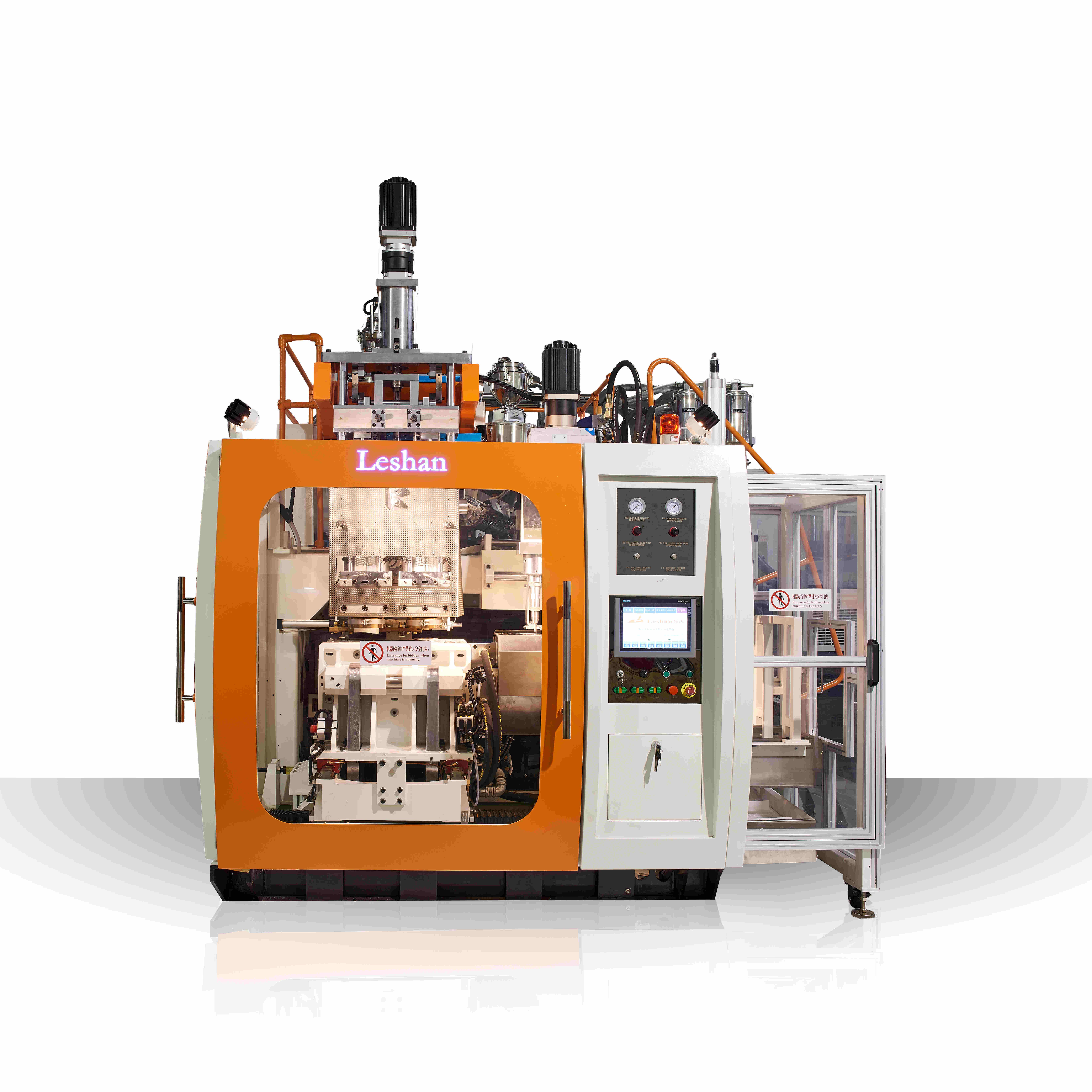
7.How to design and customize extrusion blow mold part?
We actively participate in the extrusion blow mold part industry associations and organization activities. The corporate social responsibility performed well, and the focus of brand building and promotion
Designing and customizing blow molding machines involves several steps and considerations. Here are some steps to follow:
1. Identify the type of blow molding machine needed: There are different types of blow molding machines, such as extrusion blow molding, injection blow molding, and stretch blow molding. Each type has its own unique features and capabilities, so it is important to determine the specific type of machine needed for the desired application.
2. Determine the production requirements: The production requirements, such as the desired output, bottle size and shape, and material type, will help determine the specifications and features of the machine.
3. Select the appropriate components: The components of a blow molding machine include the extruder, mold, clamping system, and control system. Each component should be carefully selected based on the production requirements and the type of machine.
4. Consider the material and design of the mold: The mold is a crucial component of a blow molding machine as it determines the shape and size of the final product. The material and design of the mold should be chosen based on the type of material being used and the desired product specifications.
5. Customize the control system: The control system is responsible for the operation and monitoring of the machine. It should be customized to meet the specific production requirements and to ensure efficient and safe operation.
6. Incorporate safety features: Safety should be a top priority when designing and customizing blow molding machines. Safety features such as emergency stop buttons, safety guards, and sensors should be incorporated into the design to prevent accidents and ensure the safety of operators.
7. Test and optimize the machine: Once the machine is designed and assembled, it should be thoroughly tested to ensure it meets the production requirements and operates efficiently. Any necessary adjustments or optimizations should be made before the machine is put into full production.
8. Provide training and support: It is important to provide training and support to operators and maintenance personnel to ensure they are familiar with the machine and can operate and maintain it properly.
In addition to these steps, it is important to work closely with a reputable manufacturer or supplier who has experience in designing and customizing blow molding machines. They can provide valuable insights and expertise to help create a machine that meets your specific needs and requirements.
8.What products are typically manufactured using extrusion blow mold part?
Our products & services cover a wide range of areas and meet the needs of different fields.
1. Plastic bottles and containers: Blow molding machines are commonly used to produce plastic bottles and containers of various sizes and shapes, such as water bottles, shampoo bottles, and food containers.
2. Automotive components: Many automotive parts, such as fuel tanks, air ducts, and bumpers, are manufactured using blow molding machines.
3. Toys: Blow molding machines are used to produce a wide range of plastic toys, including balls, action figures, and building blocks.
4. Household products: Items such as laundry baskets, storage bins, and trash cans are often made using blow molding machines.
5. Medical equipment: Many medical devices, such as IV bags, syringes, and respiratory masks, are manufactured using blow molding machines.
6. Packaging materials: Blow molding machines are used to produce packaging materials such as plastic bags, pouches, and containers for food and other consumer products.
7. Industrial and agricultural products: Large containers, drums, and tanks used in industrial and agricultural settings are often made using blow molding machines.
8. Sports equipment: Blow molding machines are used to produce a variety of sports equipment, including footballs, soccer balls, and hockey sticks.
9. Furniture: Some types of furniture, such as chairs and tables, are made using blow molding machines to create lightweight and durable plastic components.
10. Construction materials: Blow molding machines are used to produce pipes, tubes, and other construction materials made from plastic.
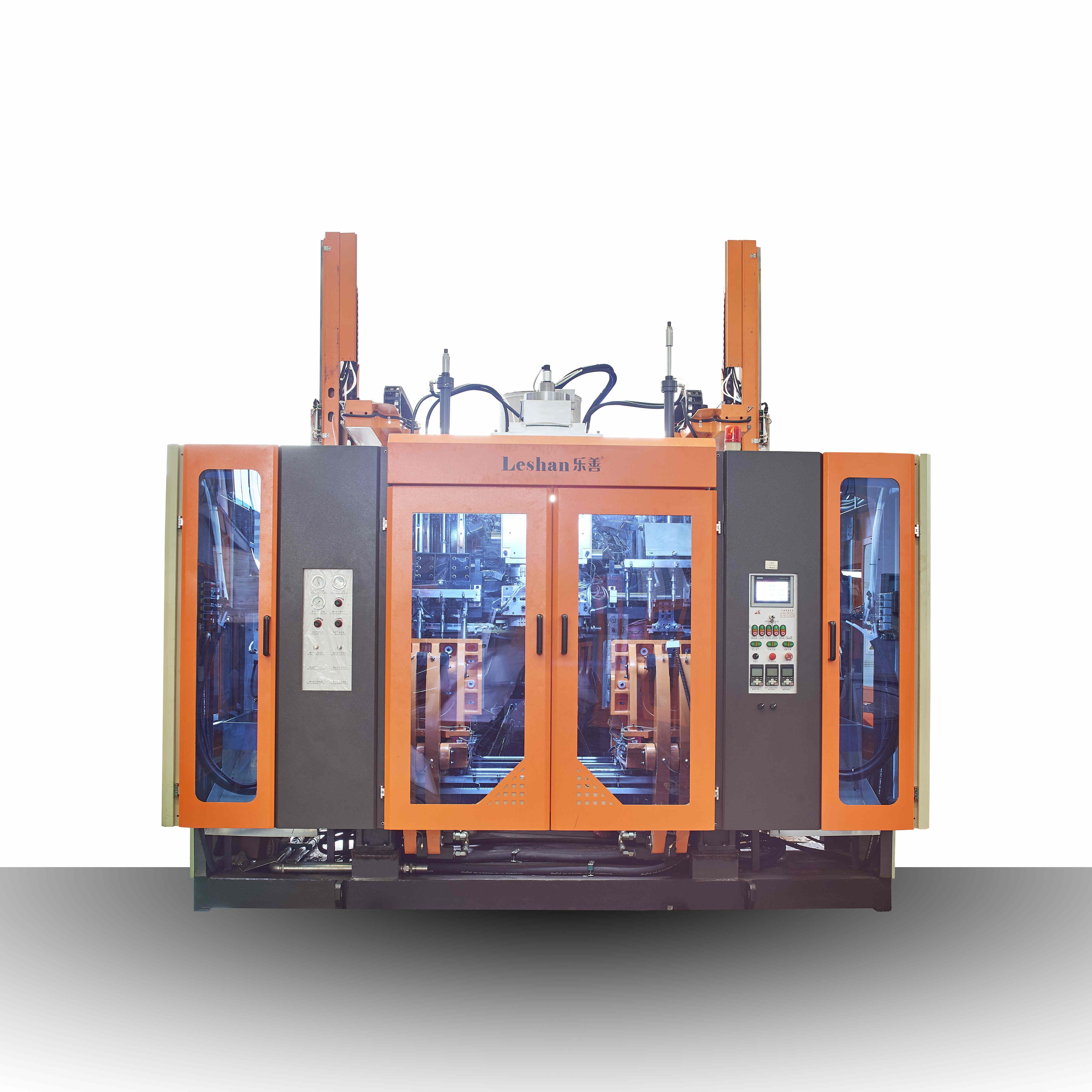
9.How to choose a suitable extrusion blow mold part supplier?
We adhere to the principle of quality first and have a complete production quality management system and quality inspection process.
1. Research and compare different suppliers: Start by researching and comparing different blow molding machine suppliers. Look for their experience, reputation, and customer reviews to get an idea of their reliability and quality of products.
2. Consider the type of blow molding machine you need: There are different types of blow molding machines available, such as extrusion blow molding, injection blow molding, and stretch blow molding. Choose a supplier who specializes in the type of machine you need.
3. Quality of machines: The quality of the blow molding machine is crucial for its performance and durability. Look for suppliers who use high-quality materials and have a strict quality control process in place.
4. Customization options: If you have specific requirements for your blow molding machine, look for a supplier who offers customization options. This will ensure that the machine is tailored to your needs and can meet your production requirements.
5. After-sales support: A good supplier should offer after-sales support, including installation, training, and maintenance services. This will ensure that your machine runs smoothly and any issues are resolved promptly.
6. Price and payment terms: Compare the prices of different suppliers and choose one that offers competitive pricing without compromising on quality. Also, consider the payment terms and choose a supplier who offers flexible payment options.
7. Technical support: Blow molding machines are complex equipment, and it is essential to have technical support in case of any issues. Choose a supplier who offers technical support and has a team of experienced technicians.
8. Delivery time: If you have a tight production schedule, it is crucial to choose a supplier who can deliver the machine within the specified time frame. Inquire about their delivery time and make sure it aligns with your production schedule.
9. Warranty and service contracts: A good supplier should offer a warranty for their machines and also provide service contracts for regular maintenance. This will ensure that your machine remains in good condition and has a longer lifespan.
10. Communication and responsiveness: Choose a supplier who has good communication and is responsive to your queries and concerns. This will ensure a smooth and hassle-free buying experience.
Tags: blow molding bottles machine , manual blow molding machines
